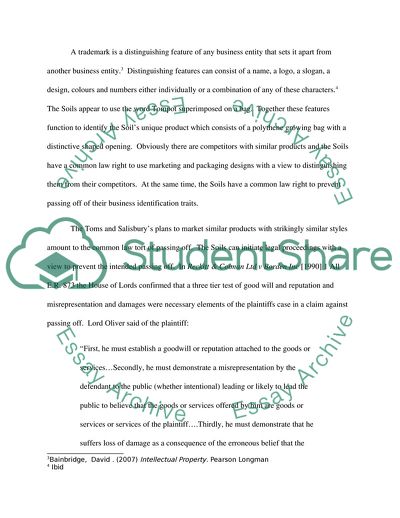Cite this document
(Patents and Trademark Law Coursework Example | Topics and Well Written Essays - 3750 words, n.d.)
Patents and Trademark Law Coursework Example | Topics and Well Written Essays - 3750 words. https://studentshare.org/law/1708595-patents-and-trademark-law
Patents and Trademark Law Coursework Example | Topics and Well Written Essays - 3750 words. https://studentshare.org/law/1708595-patents-and-trademark-law
(Patents and Trademark Law Coursework Example | Topics and Well Written Essays - 3750 Words)
Patents and Trademark Law Coursework Example | Topics and Well Written Essays - 3750 Words. https://studentshare.org/law/1708595-patents-and-trademark-law.
Patents and Trademark Law Coursework Example | Topics and Well Written Essays - 3750 Words. https://studentshare.org/law/1708595-patents-and-trademark-law.
“Patents and Trademark Law Coursework Example | Topics and Well Written Essays - 3750 Words”. https://studentshare.org/law/1708595-patents-and-trademark-law.


